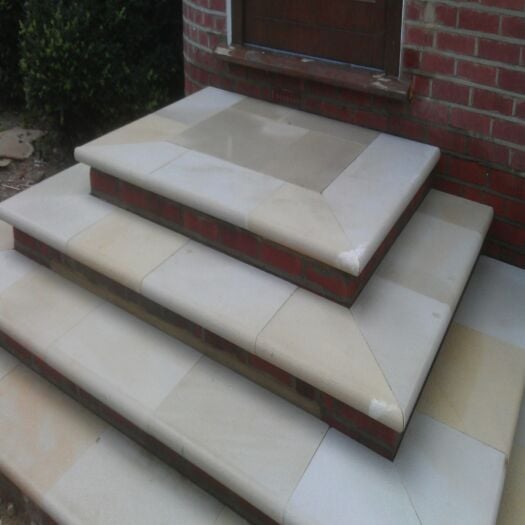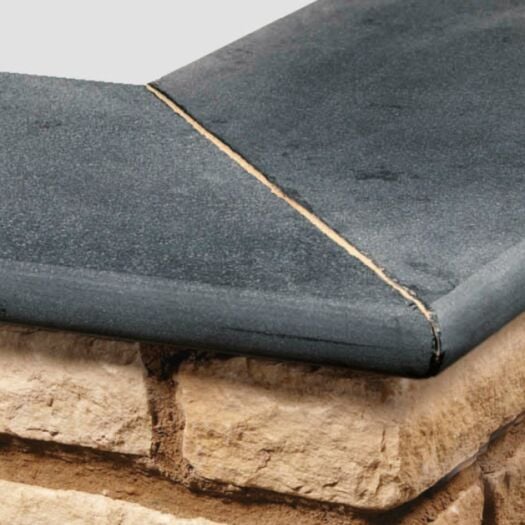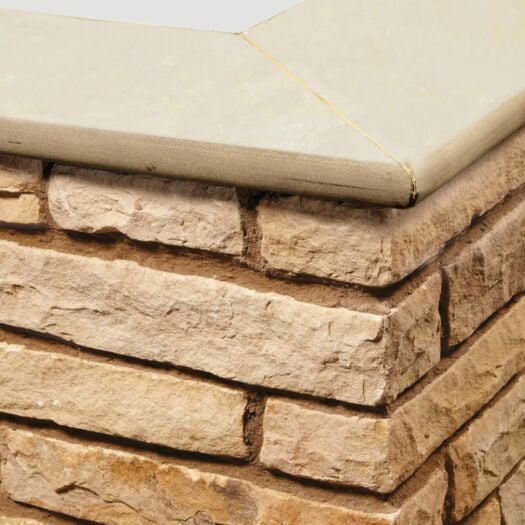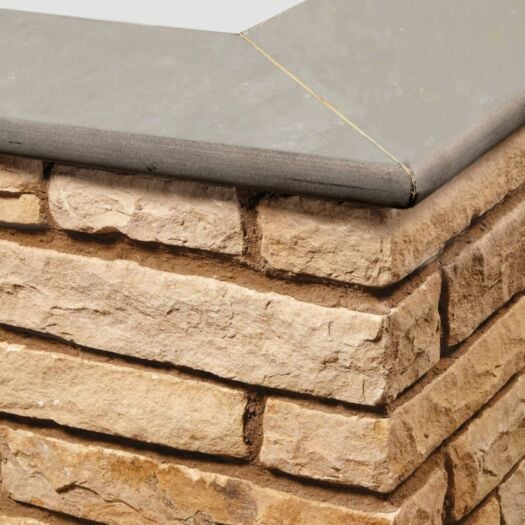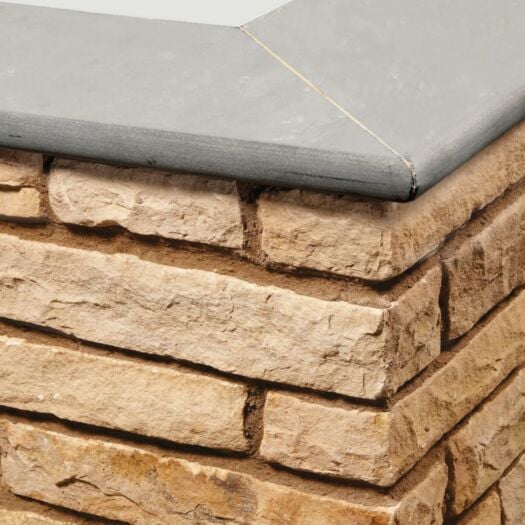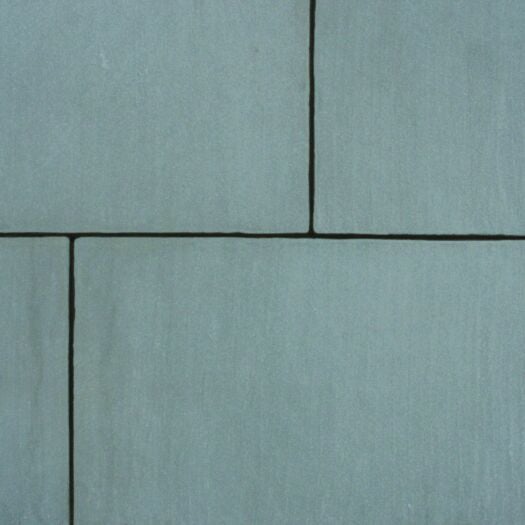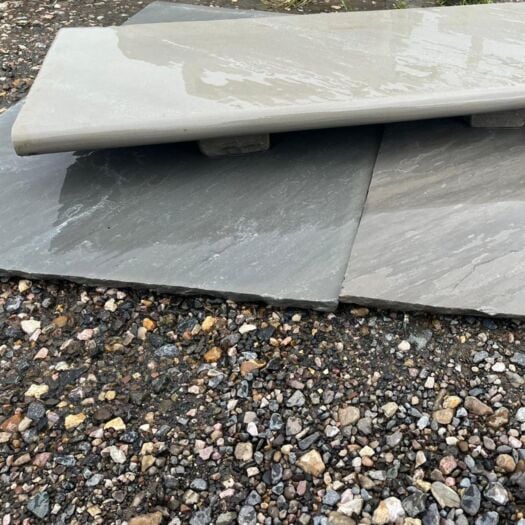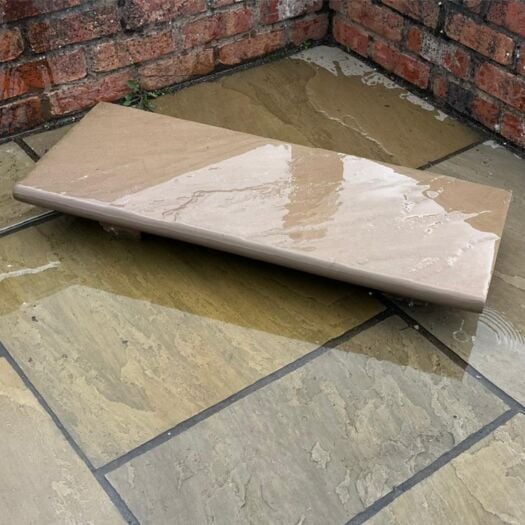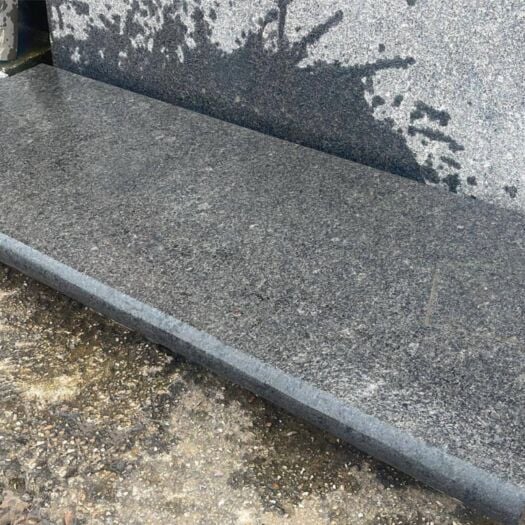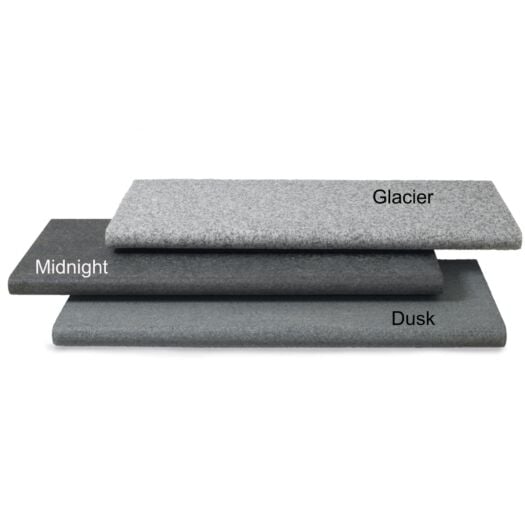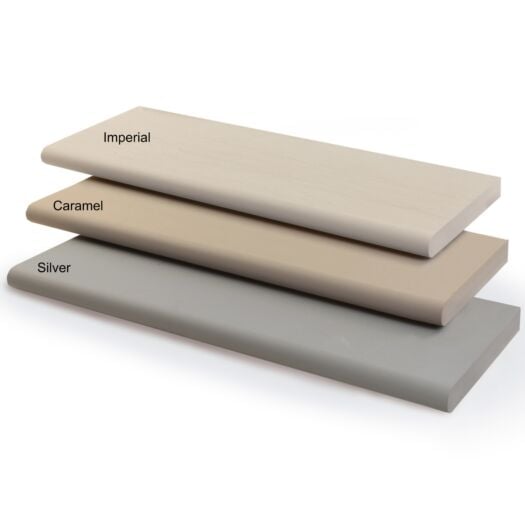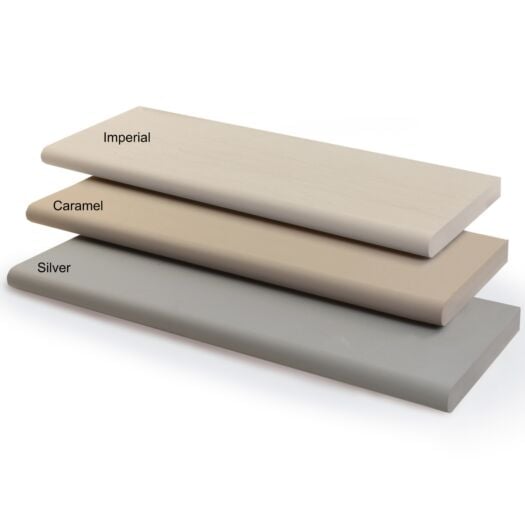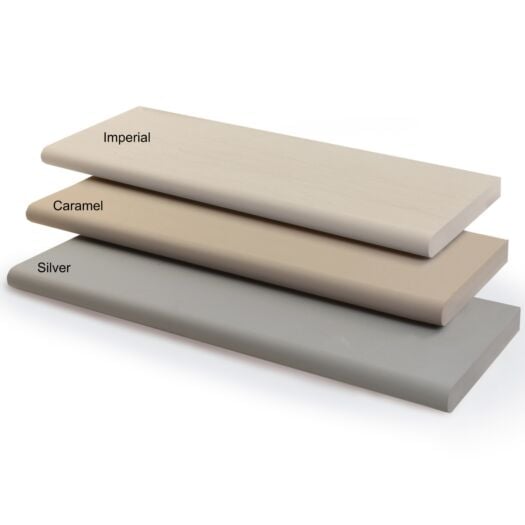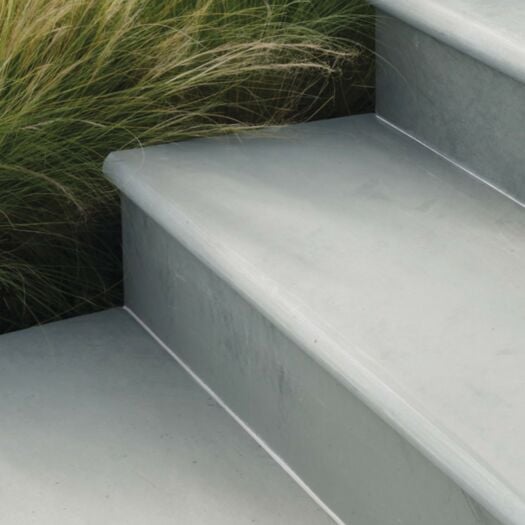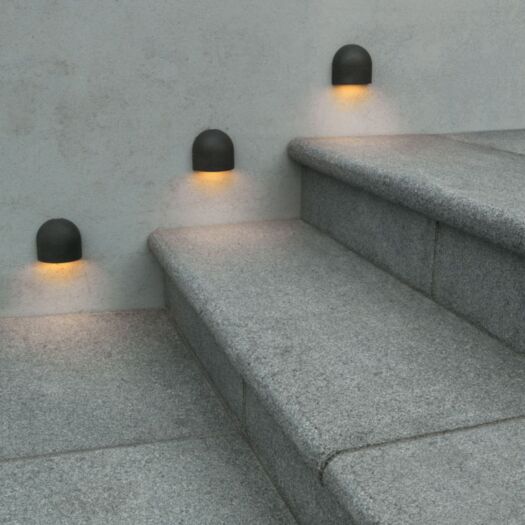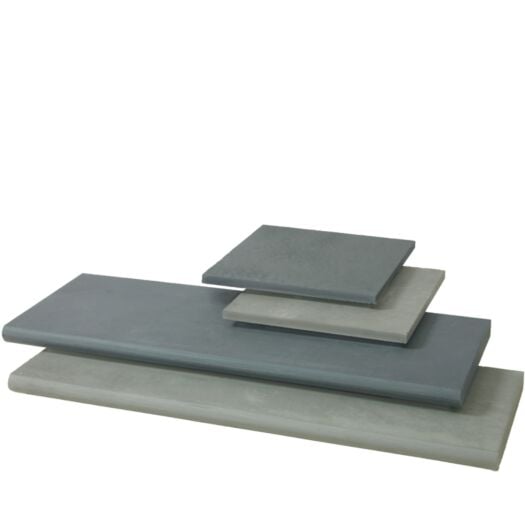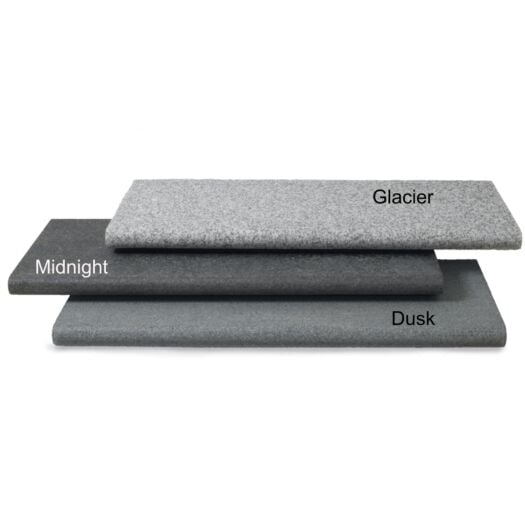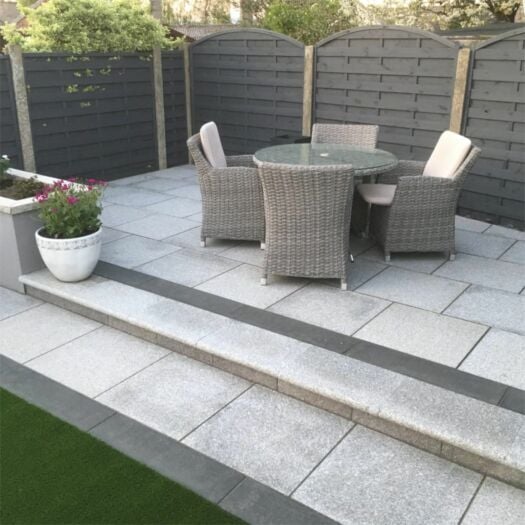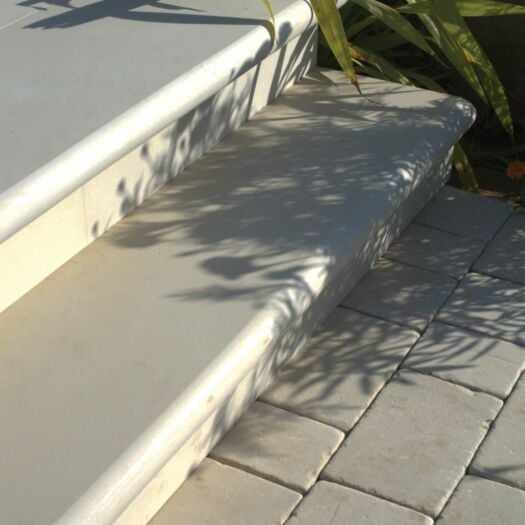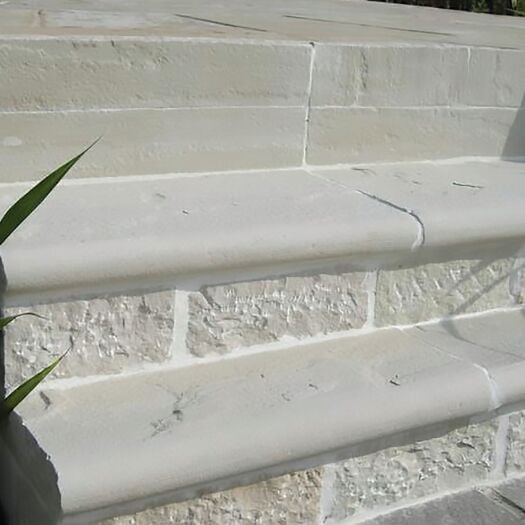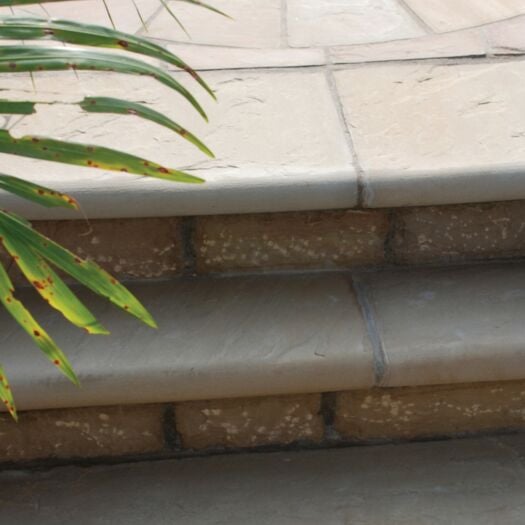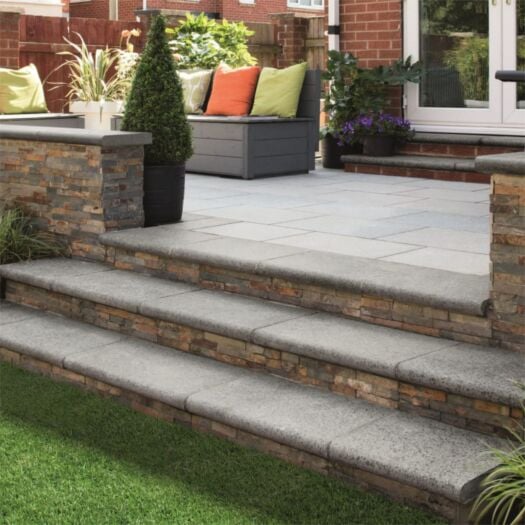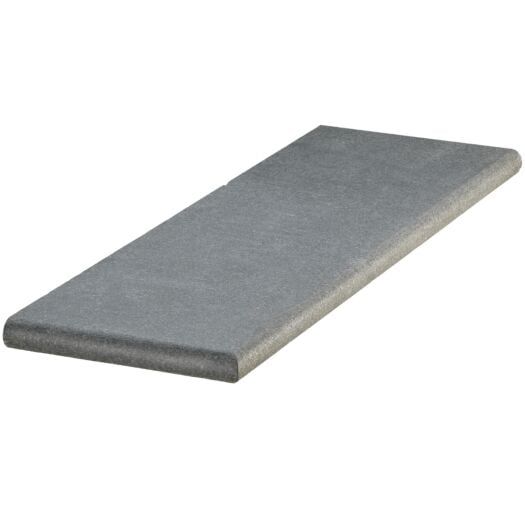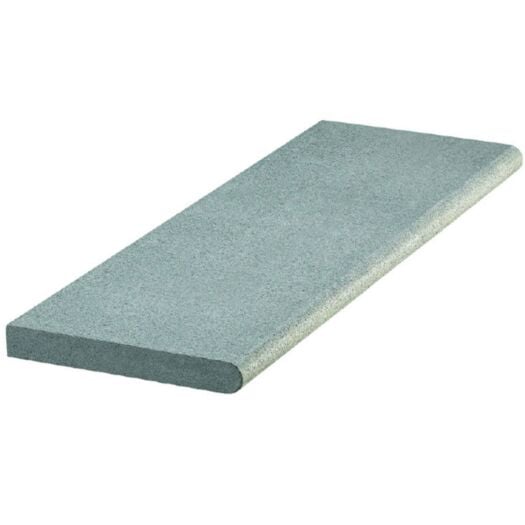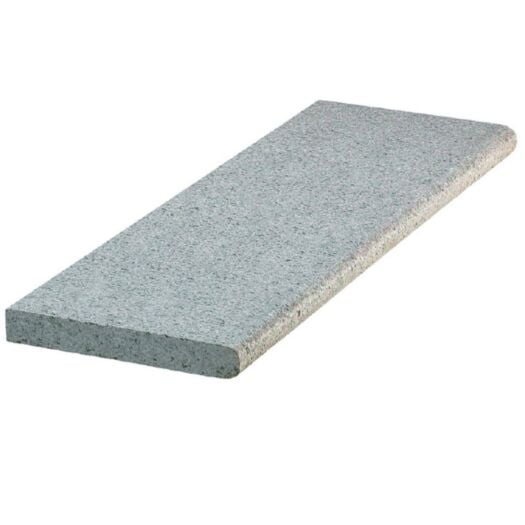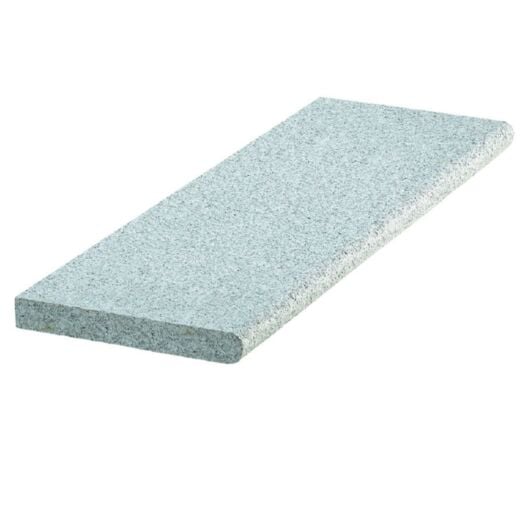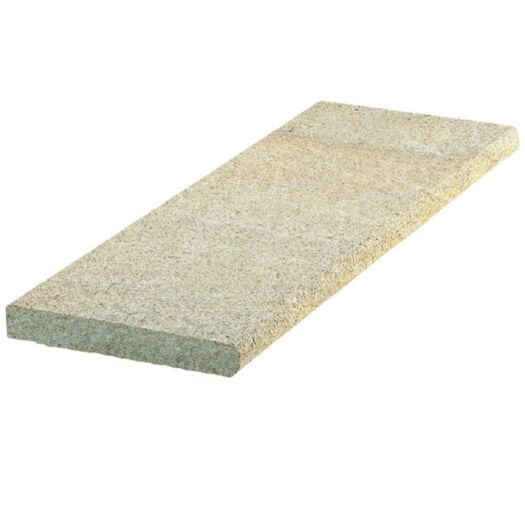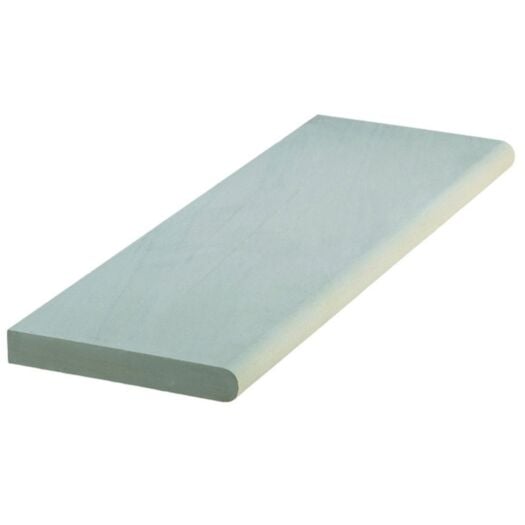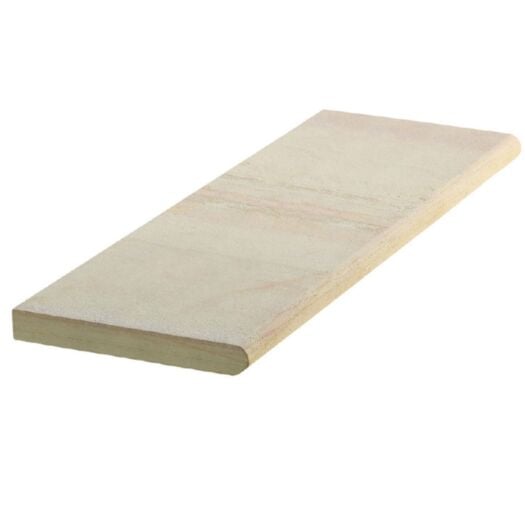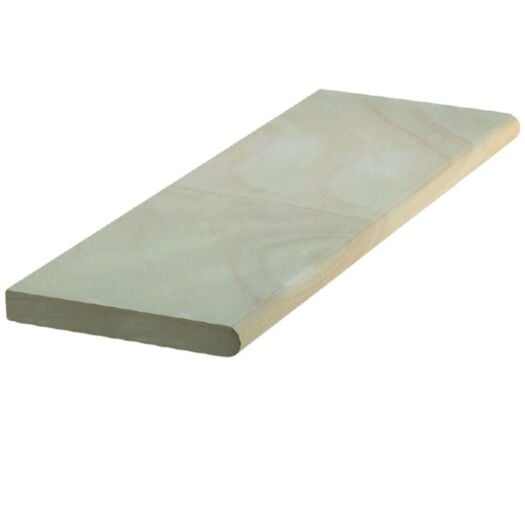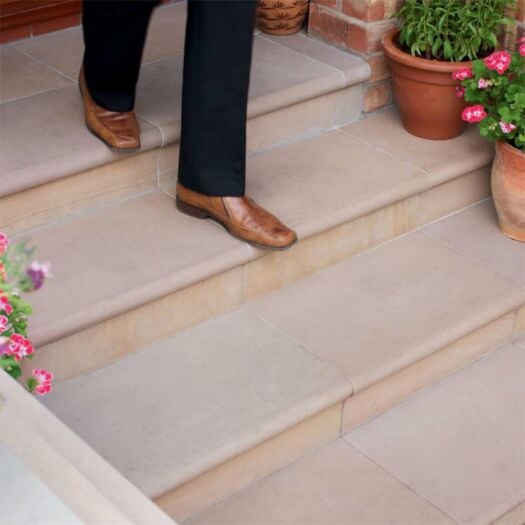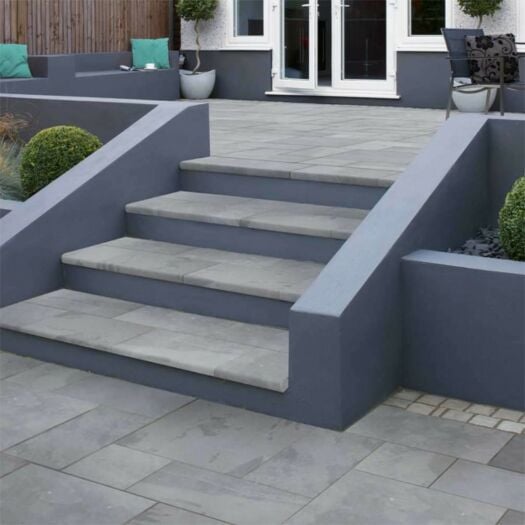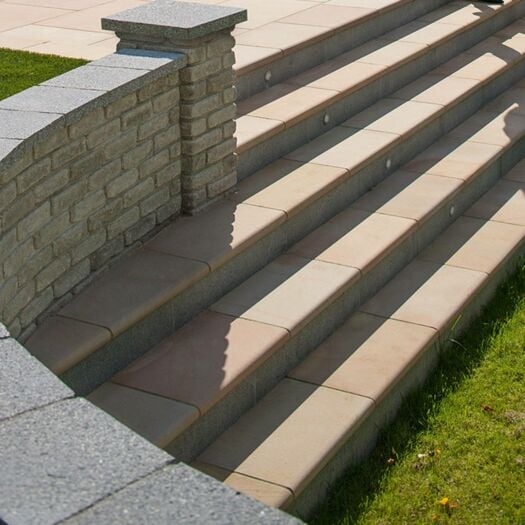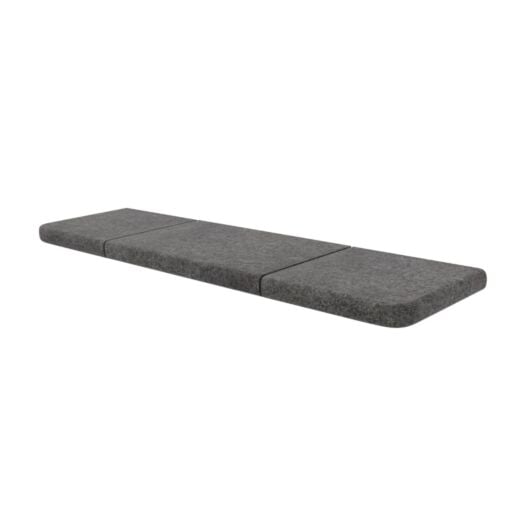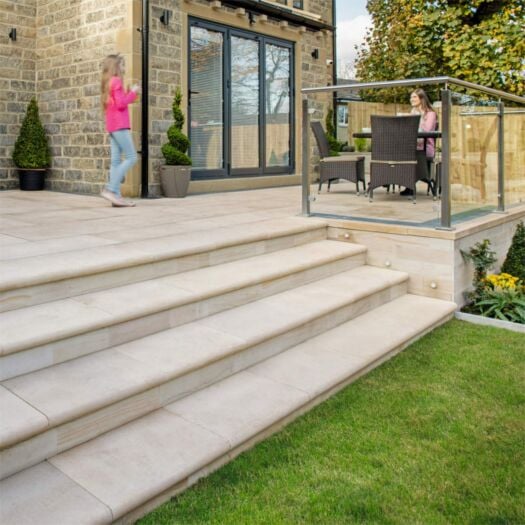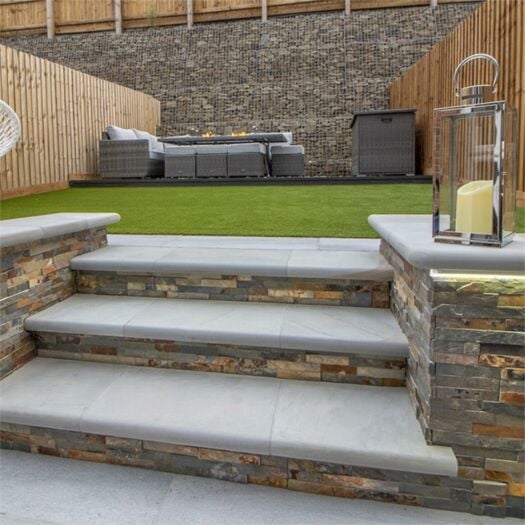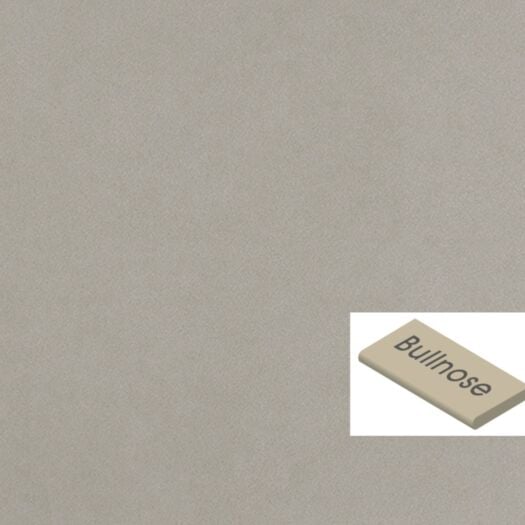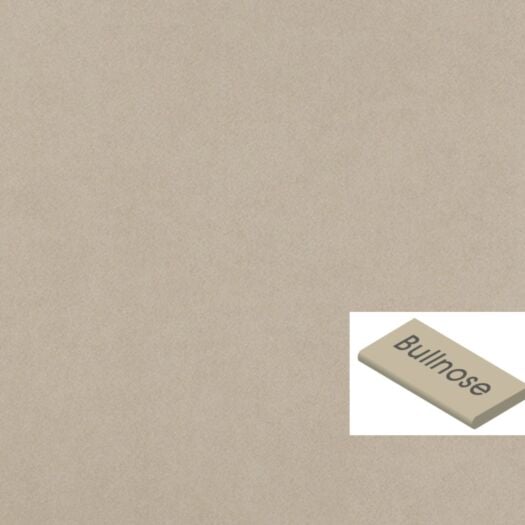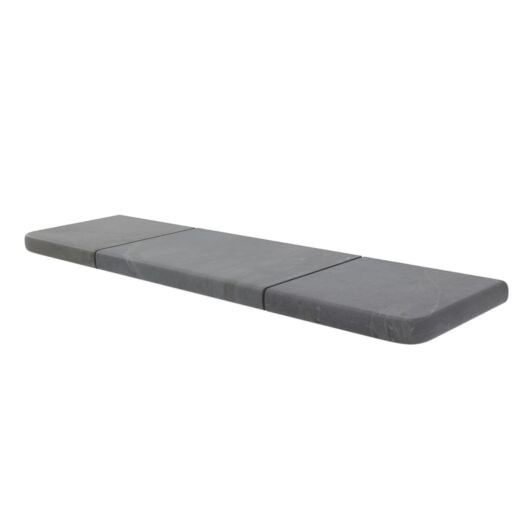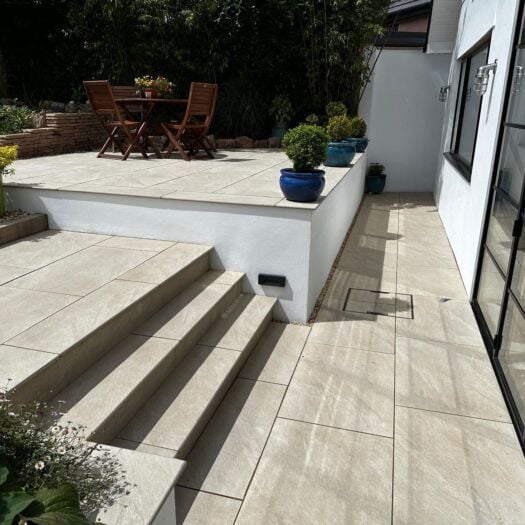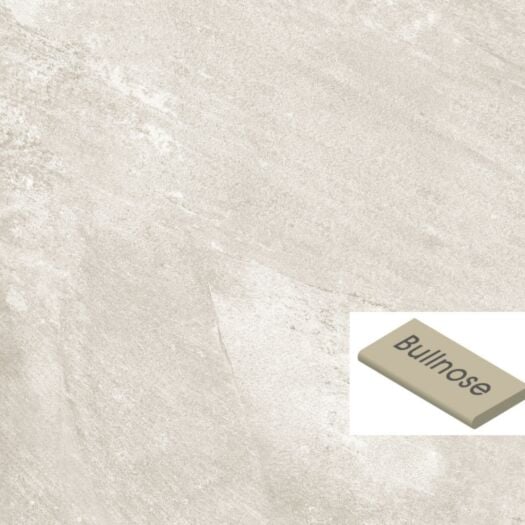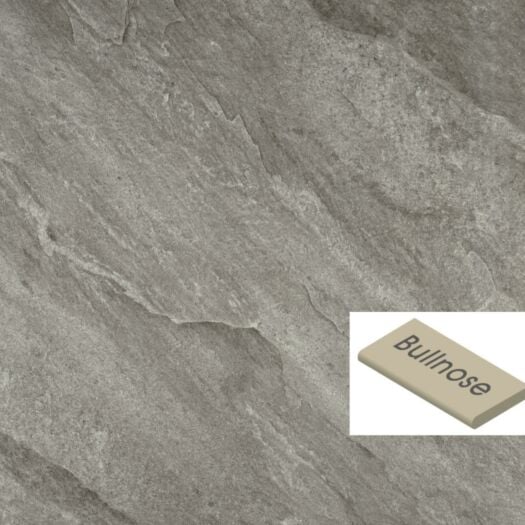Swimming Pool Coping
Swimming pool coping is the edge material that sits on the top of the pool structure and separates the pool from the surrounding deck or patio. It provides a clean, finished look to the pool and also serves a practical purpose by providing a non-slip surface to walk on and a place to sit or lean. Coping can be made from a variety of materials, including concrete, pavers, stone, and tile. Each material offers its own unique look and durability, and can be chosen to complement the style and design of the pool and surrounding area.













When it comes to designing a swimming pool, the choices for materials and features can seem endless. One important aspect of the pool that often gets overlooked is the coping. Coping is the material that surrounds the edge of the pool, providing a smooth and finished look and separating the pool from the deck or patio.
While the primary purpose of coping is to provide a clean and finished appearance, it also has several functional benefits. Coping provides a non-slip surface for people to walk on and a place to sit or lean. In addition, it helps prevent water from spilling over the edge of the pool and onto the deck or patio.
There are a variety of materials that can be used for coping, each with its own unique look and durability. Concrete is a traditional yet slightly dated option, while pavers, stone, and tiles offer a more decorative look. Some types of coping, such as natural stone, porcelain or tiles, can also be used to complement the design of the pool and surrounding area.
When choosing a material for coping, it’s important to consider several factors. First, the climate and weather conditions in your area should be taken into account, as some materials are more weather-resistant than others. Additionally, the style and design of the pool and surrounding area should be taken into consideration, as you want the coping to complement the overall aesthetic.
Another important factor to consider is maintenance. Some materials, such as wooden decking require more maintenance and upkeep than others, such as porcelain. It’s important to choose a material that is both aesthetically pleasing and easy to maintain, to ensure that your pool stays looking great for years to come.
In conclusion, coping is a critical aspect of swimming pool design that often gets overlooked. Choosing the right material for coping can provide both aesthetic and functional benefits, and can help make your pool a beautiful and inviting space for years to come. Whether you’re designing a new pool or renovating an existing one, take the time to carefully consider your options for coping and choose the material that best suits your needs and style.

